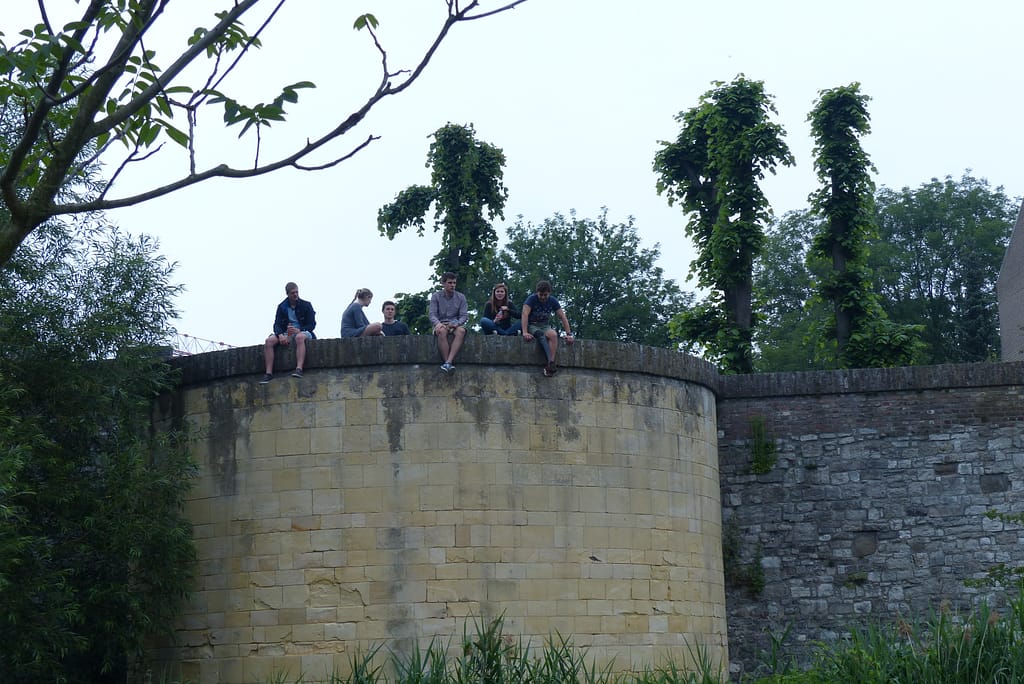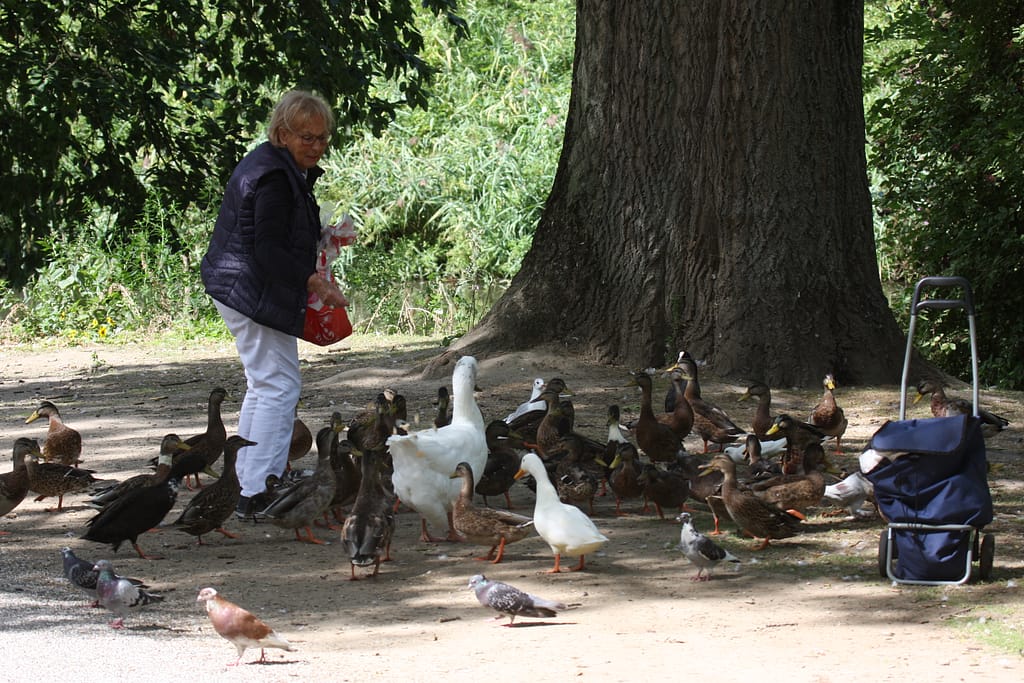Humans
Explanation
Humans: without a doubt the most dominant species within Tapijn. Humans have used Tapijn for the most diverse purposes, and, in doing so, have shaped the area. Despite the fact that Tapijn has always been at the service of humans, nature has managed to hold its own here. And so, we, as humans, remain part of that (urban) nature. Within Tapijn, you will come across humans in all shapes and sizes.
Relationship with humans
Why we do what we do
What is the relationship between humans and nature within Tapijn? In summary, you could say that humans create the preconditions within Tapijn. Humans even laid out nature within Tapijn. A good example are (most of) the trees that grow here. They were planted by people and cut down when they were no longer wanted.
The attitude of humans has changed. Whereas, in the last century, nature on Tapijn often had to give way to the goals of humans, in this century the emphasis has shifted to promoting nature. It is still in service of humans, but in a different way. People are increasingly realising that sufficient green space is an important basis for a healthy, liveable city.
Nature, in turn, responds to the presence of humans with an unprecedented dynamic. With enviable adaptability and flexibility. The species that live within Tapijn either know how to deal with the influence of humans successfully or even benefit in some way from the presence of humans. Think, for example, of species that eat discarded food: the rat, the fox, the crow, the jackdaw, the ducks that are fed… But also, species that use human structures to nest in: the black redstart and the stone marten. It is give and take within Tapijn. As an urban species, humans are unavoidable. It’s better to make the best of it!
They shape the area and its history, but Mother Nature has an answer to everything.




